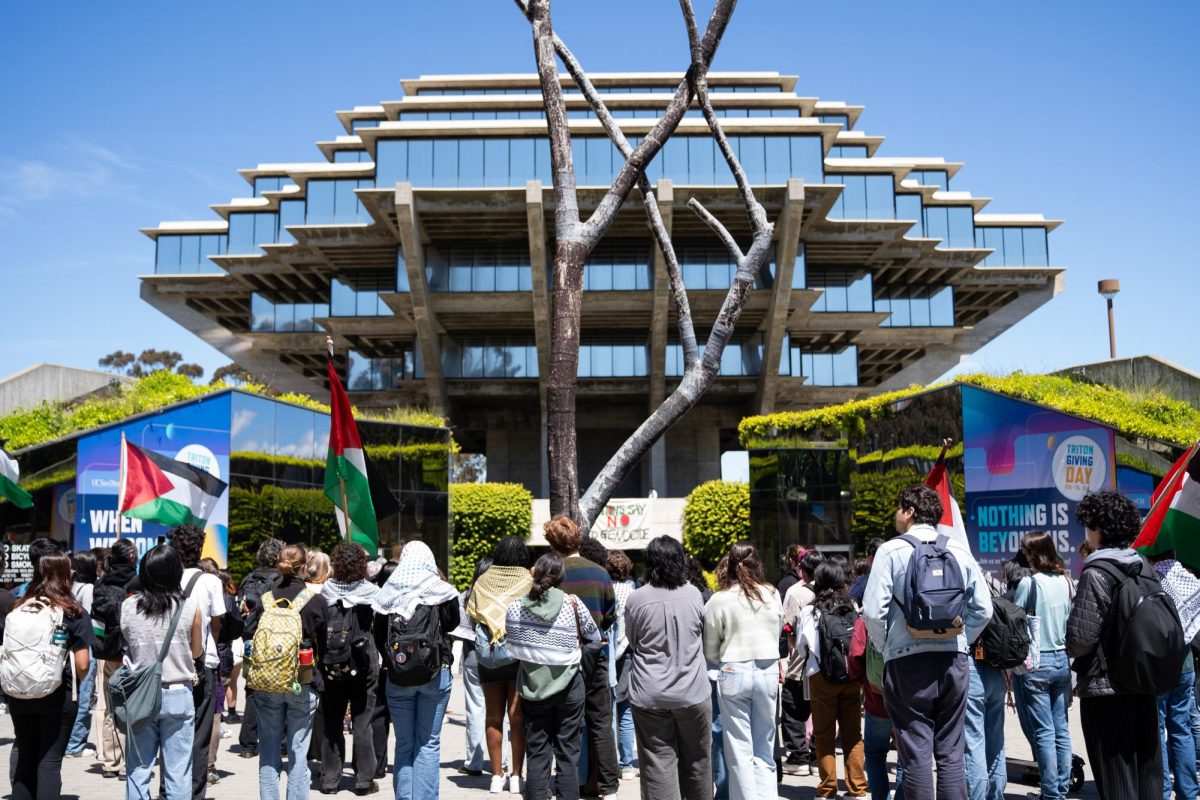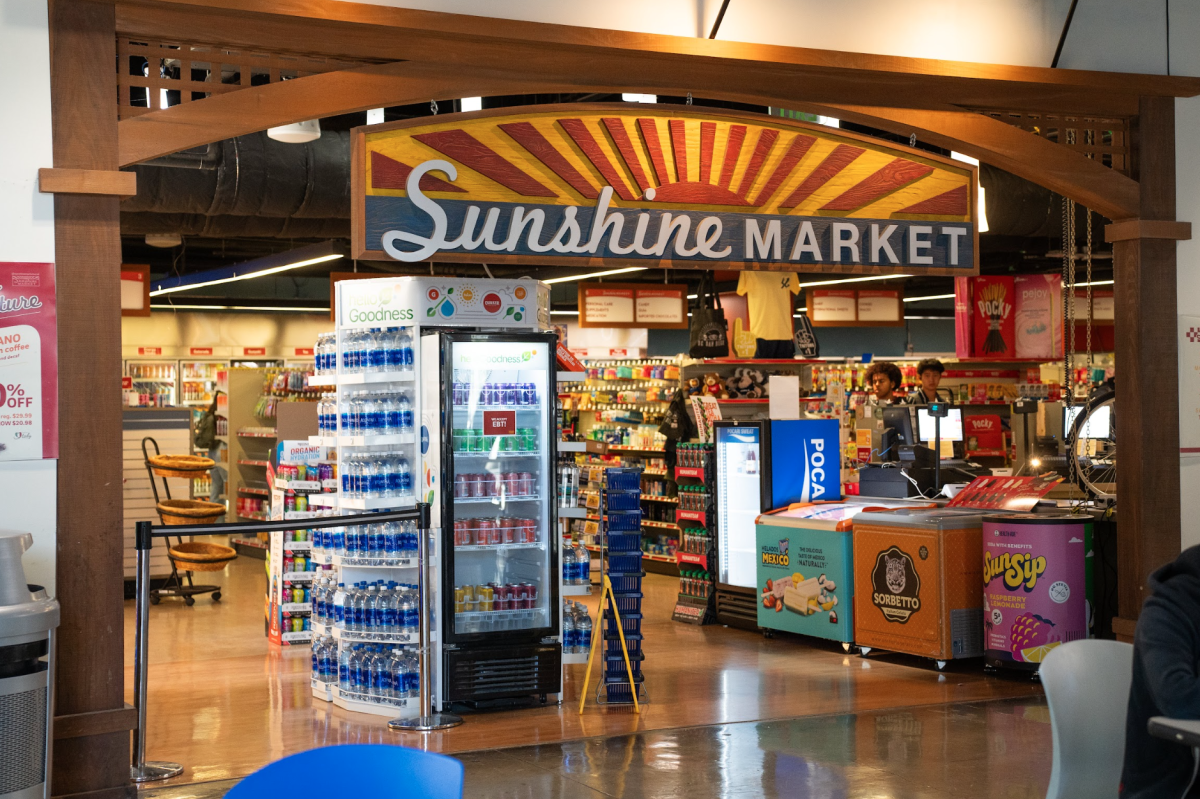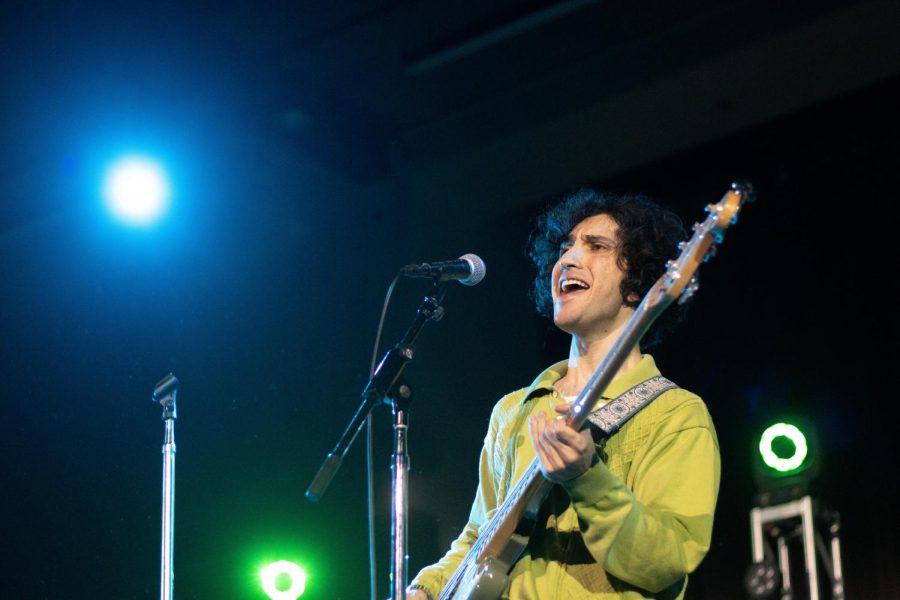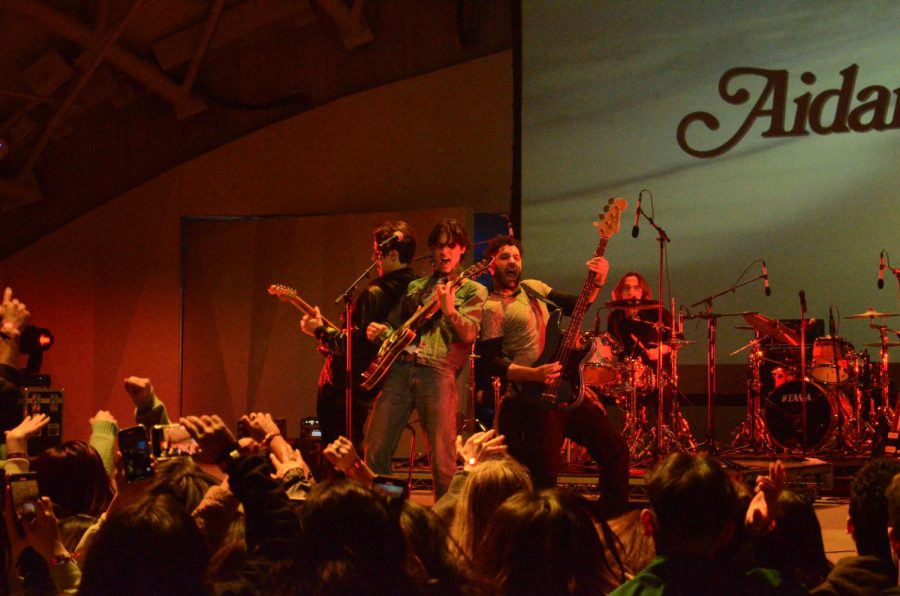In honor of Black History month, the African American Student Union of UCSD held “”The History of Political Activism”” at the Cross-Cultural Center on Feb. 11 to discuss and promote matters of student activism in the UCSD campus, notably among the black community.
Alumni guest speakers presented their own experiences of activism here at UCSD when they were students themselves, including Assistant Vice Chancellor Ed Spriggs and Assistant Director of Leadership Opportunities Marcia Strong.
The narratives of Spriggs and Strong both accounted for the early years of UCSD when student activism was common, but the presence of minorities enrolled in school was rare. Spriggs recalled his own college years as a Revelle College student in the late 1960s, when anti-war movements and the Civil Rights Movement were two issues that were widely protested and discussed on college campuses across the nation.
The forum not only emphasized student activism in general, but the history of UCSD’s past instances of activism that were jumpstarted by the black and chicano community.
Spriggs advocated a stronger black voice, saying, “”We had to take action, and what better place [to do so] than in our own backyard of the UCSD campus?””
Among other things, minorities during the late 1960s participated in sit-ins and marches to establish the Third College, now known as Thurgood Marshall College but originally referred to as Lumumba-Zapata College, as a school that embraces the minority community at UCSD, including blacks and chicanos.
UCSD has a history of activism in the past, including an instance when certain groups refused to graduate along with their peers.
Spriggs recalled his own graduation in 1970, when a prepared speech was delivered on behalf of the students and parents of the minority community. In this speech, the graduates voiced out their concerns of feeling excluded from the rest of the college community.
The speech went on to state, “”We will not be allowed as tokens of deceitful and false liberalism,”” as a response to the university accepting more minorities as a means of becoming more liberal.
From such proceedings of activism, Spriggs hoped to establish a precedence of equal rights and opportunities among blacks.
Strong mentioned separate graduation ceremonies, noting the fact that the university failed to recognize the presence of minorities on campus, so the need for a separate graduation was necessary. Strong also narrated an account of when UCSD students protested for a cause and marched to the Interstate 5 freeway, literally blocking traffic.
Some students in attendance stated that there is a lack of activism at UCSD.
“”I don’t think there is enough of it,”” said junior Marshall student Dwayne Sullivan. “”There isn’t a big enough presence [of black students], and I think it would be difficult to create more student activism. People aren’t afraid; they just need to come together.””
Bennie Herron, a keynote speaker from San Diego State University, noted that students need not have powerful leaders to guide them through channeling their beliefs and expressing their rights.
The essential component of creating effective student activism is merely to come together and search for what one believes in.
“”We have some serious power as a generation,”” said Herron. “”Where is our Malcolm? Where is our Martin Luther King? Maybe we need more Malcolms. Maybe we need more Garveys. But you have it, and it’s there. The challenge is for you to find it.””







